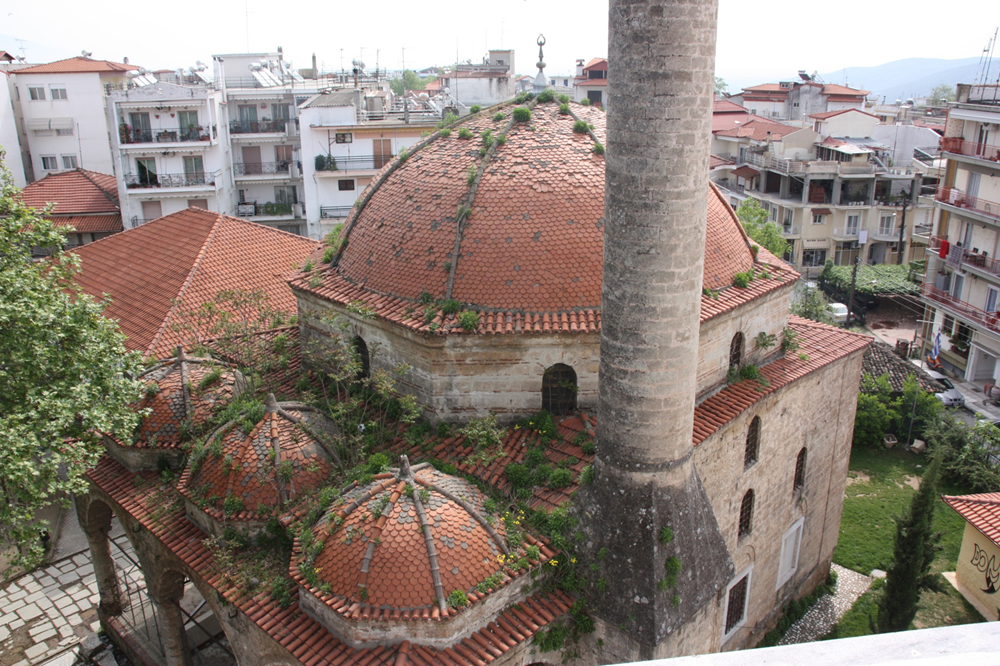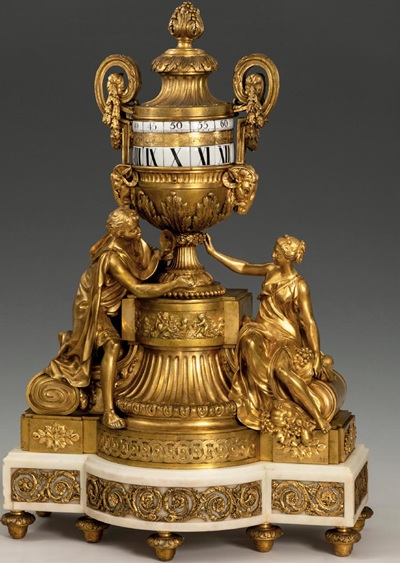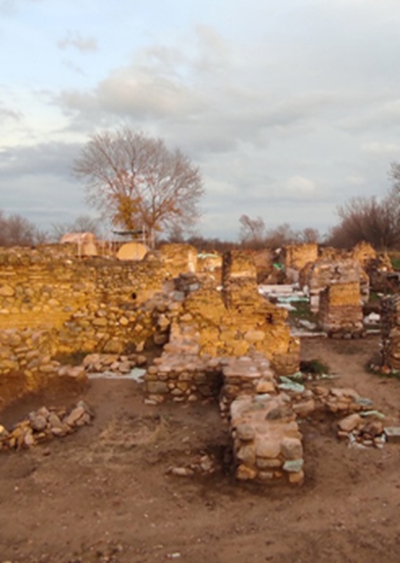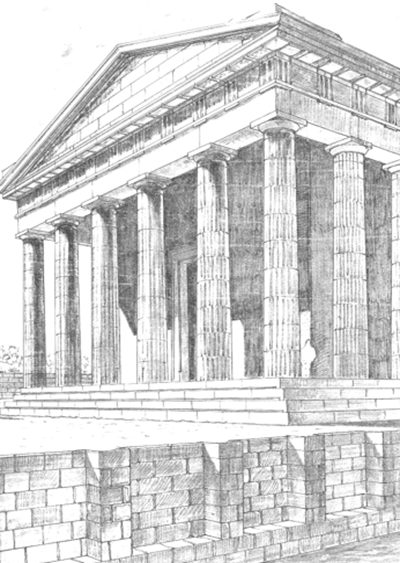
The Ministry of Culture, responding to a long-standing request of the local community, is launching the restoration of the Ottoman mosque Yeni Mosque, in the urban core of Edessa, in the Museum Square, after the completion of the architectural, structural and electromechanical implementation study for the restoration and enhancement of the monument. The Yeni Mosque is the only one of the nine Muslim mosques that existed in the city of Edessa. Its construction is preserved almost intact, while it is one of the few mosques in the wider Greek area, without religious use, which preserves the minaret in its entire construction. Its foundation can be traced back, with some certainty, to the first half of the 17th century. In 1912 it was already functioning as a prison. In 1937 it was declared a historical monument. Its present appearance is the result of interventions in the 19th century.
The Yeni Mosque belongs to the most widespread type of Ottoman mosques, with a square prayer hall, a colonnaded open gallery (revac), a minaret resting on a rectangular base in the outer western corner of the main building.The decoration of the prayer hall is painted and is developed on the entire surface of the masonry and the dome. The elongated, open gallery is formed by four columns, which support seven arches bearing three small domes. The minaret consists of a base that develops into a columnar polygonal pyramid, 3.40 metres high, and a cylindrical trunk, 11.45 metres high, up to the balcony, and a smaller diameter cylindrical section. The decoration of the dome is preserved in moderate condition. There are significant problems of dampness and vegetation growth due to poor waterproofing. In the upper part, above the balcony of the minaret, there is a failure of the masonry, with a significant vertical crack through the wall and a significant disturbance of the masonry of the conical end of the minaret. There are also vertical cracks in zones of openings in all the peripheral masonry of the mosque, both externally and internally, and cracks in the columns of the facade.
The structural study proposes the maintenance and restoration of the roofing, the restoration of the flywheel columns of the front, the reconstruction – sealing of cracks, the restoration – strengthening of the minaret, the construction of a perimeter drainage system. The architectural study of the mosque includes, among other things, proposals for interventions concerning the careful removal of the Byzantine tiles of the roof, in order to re-install those that are in good condition, the cleaning of the domes with attention to the interior wall decoration, the restoration of the conical end of the minaret, the removal of the loose and modern grouting and their replacement with new ones made of compatible materials.







Leave A Comment